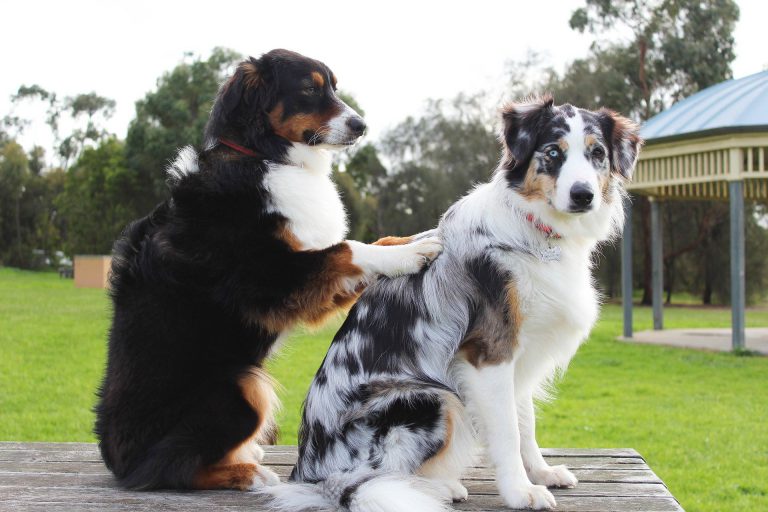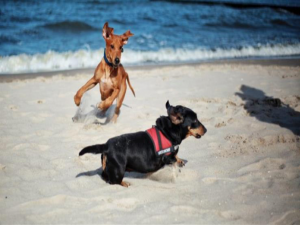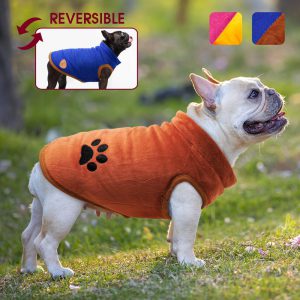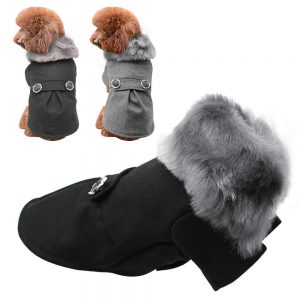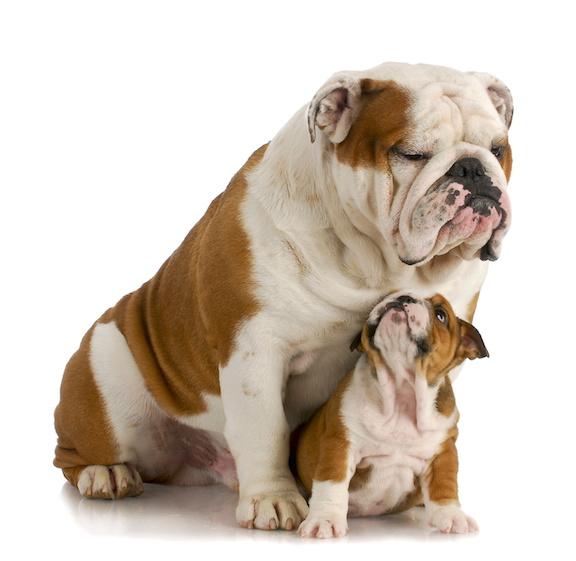
How can you identify weight problems with your dog?
Most dogs are notorious for eating until the food is all gone. This is a survival instinct, but also a bad habit that is difficult to curb. With an estimated 50% of all dogs being overweight or even obese, how can you identify weight problems with your dog and make sure your pet is a healthy weight?
Since dogs come in a variety of shapes and sizes based on breed and other factors, it can be difficult to tell if your dog is a healthy weight. Most resources used for determining a dog’s weight are based on breed alone and can vary widely. For example, the average weight range for an adult Labrador Retriever is between 55 to 80 lbs. We know that Labs above 80 pounds are considered overweight, but what if your dog is a mixed breed? For pet owners who have mixed breed dogs, or have or are adopted rescue dogs and may not even know what the breed is, how can you identify if your dog is a healthy weight?
One technique that that veterinarians use to identify weight problems in dogs is Body Condition Scoring, or BCS. Instead of using dog breeds as a guideline for healthy weight, BCS uses visual observations to asses a dog’s body condition and determine if they are underweight, overweight, or an ideal weight.
Checking your pet’s BCS is something that most pet owners can do at home regularly to keep an eye on their dog’s weight health. Finding a dog’s Body Condition Score is based on how easy it is to feel your dog’s ribs, how large the animal’s waist and abdomen is, how much excess fat lies beneath their skin, and how much muscle mass is present on the dog. A dog who is overweight will have a visibly sagging stomach, no visible waistline, ribs that are difficult to feel and a back that is flat and broad. Conversely, underweight dogs have ribs, spine, and other skeletal features which are visible from a distance.
Just like how their human counterparts use BMI to accurately determine weight, dogs with a higher BCS tend to be overweight, while dogs with lower BCS are underweight and often underfed.
If you determine that your dog is underweight, you will need to increase ands monitor their eating habits. For many underweight dogs, it’s less likely to be a problem with their owners not giving them enough food as it is that the dog is a particularly picky eater. If this is the case, finding a type of dog food they enjoy eating and monitoring their eating habits is key. For overweight dogs, slowly decreasing their food intake while increasing their physical activity is the best solution. Do not abruptly cut your dog’s meals in half, but gradually reduce their food intake over time.
You can use these techniques to find your dog’s BCS and identify weight problems early on, however, if eating problems subsist or you think your dog may have another health condition, it’s always a good idea to take your dog to your local veterinarian.
When you are looking for something a little different to show your love to your furry friend then wag over to www.SoWaggy.com it will make their tail wag!



